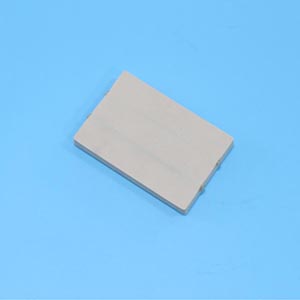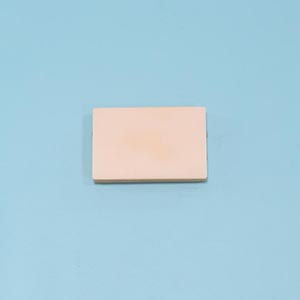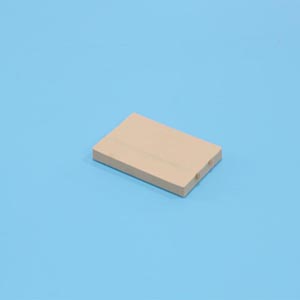Venipentesis is one of the common but technically demanding operations in medicine, especially in emergency care, intensive care and long-term treatment, and precise operation is directly related to patient comfort and treatment effect. Venipunction model, as an important training tool, is being widely used in medical education to help medical students and clinical staff master this skill, reduce the occurrence of technical problems, and improve the accuracy of clinical operation.
Upgrading the skills of medical students

The venipuncture model provides a safe and risk-free training platform for medical students. Students can simulate different vein states and puncture techniques in the model and practice repeatedly to improve their understanding and feel of venous anatomy. Through this simulation training, students can familiarize themselves with the puncture process in advance and avoid the problem of puncture failure or improper selection of puncture sites due to nervousness or inexperience in a real clinical environment.
Improvement and application of medical technology

The application of venipuncture model not only improves the basic operation skills of medical students, but also provides more opportunities for clinical medical personnel to improve. In complex cases, such as obese patients, elderly patients, or patients whose veins are difficult to reach, venipuncture models can simulate these special situations and help doctors to adopt more precise puncture techniques when facing similar challenges. Through simulation exercises, medical staff can effectively reduce the number of puncture failures and reduce the risk of complications due to improper procedures.
Clinical significance and data support

Studies have shown that training with venipuncture models can significantly improve the success rate of puncture. According to a study published in the journal of Medical Education, medical students who underwent simulated training improved the success rate of venipuncesis by more than 30% in clinical practice, and patient comfort and safety were improved. Another comparative study showed that nurses and doctors working in the emergency department experienced a 25 percent reduction in puncture failure when dealing with emergency cases after training their skills using a venipentesis model.
conclusion
Venipuncture model is not only an important teaching tool in medical education, but also an effective means to reduce clinical technical difficulties and improve operation success rate. Through simulation training, students and clinicians can improve venipunction skills, reduce puncture failures and patient pain, and thus play a greater role in clinical practice. With the development of simulation technology, venipuncture model will play an increasingly important role in medical training and clinical practice.
